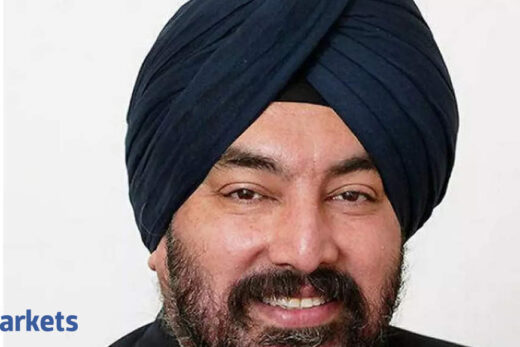.
On media stocks
There have been a lot of concerns over the multiplexes. By January, they had started recovering. We were just waiting for a Hindi film to be a blockbuster which could have been the cherry on the cake and would have taken cinemas back to pre-Covid levels. But unfortunately the second wave of Covid has come in and put a spanner in the works for now.
But if one looks at the trends and the patterns in terms of film consumption, I believe that the cinema story is here to stay. In the current environment, films are going to be the magnet to drive footfalls into cinemas. We have seen films going directly to OTT in the past. Salman Khan starrer Radhe has announced a simultaneous release. The simultaneous release as such would not impact multiplexes because not too many screens are open.
Single screens contribute only 25-30% of the box office in Hindi film genre. In the current situation, I do not even think 10% of single screens will be open by 13th of May. After Radhe, I am expecting some more films to go direct to OTT, I believe that for cinema to come back to cinema halls and multiplexes will take some more time. If the situation were to peak in the second week of May, we will probably see the unlocking happening towards July and the 100% occupancy towards August-September which is literally half the time we saw earlier.
If you compare cinemas as a business in this wave versus the earlier wave, they have been far more strong in terms of their positioning and liquidity issue. The liquidity issue is there.
raised a good amount of capital and they are well sorted for this entire cash burn situation. Most of the mall developers have moved to revenue share and my guess is that the force majeure clause will again apply with this entire shutdown happening in cinema halls. The ramp up in the vaccination drive will determine the kind of future and the pace of recovery the cinemas would have.
Last but not the least, there is a huge content flow in the pipeline. There is a huge backlog of content there and that will be good to support the cinemas in the near to medium term. But things are going to come back in a very strong way. They are going to rebound and there are multiple reasons. OTT as a phenomena has always been there. We have also seen some very small films going directly in OTT even pre-Covid days. But cinema is more of an experience wherein families go for an outing and that is going to sustain in India for a long time.
Does OTT in India have the deep pockets to take on blockbuster movies?
Global giants definitely have got deep pockets and who are here to make a very differentiated strategy today. Other than Radhe, We have seen films like Lakshmi Bomb going on OTT. This again was a large franchise film and that also went at a huge premium. We saw Coolie No. 1, again a large-scale film. Bhuj has also been announced and it is probably going to come on independence day. So there is scope for OTTs to invest in large content films and pay hefty amounts but in my view it is not sustainable.
During the last wave, we saw about 25 to 30 Hindi films going directly on OTT because there was a shortfall of content on OTT and even currently, the web series shootings have been stalled. You will probably hear more announcements again because again the web series shootings have been stalled and fresh content is not coming up. That is the reason many of the OTTs will probably go this route again so we are going to see a reiteration of whatever happened last year this year as well.
They will not have much option but will multiplexes be okay with revenue sharing with OTT platforms?
More than revenue sharing by OTT platforms, a solution has to be reached here. The window-ing period globally is very high. It is almost 90 to 120 days. Here the period is only 40 to 50 days. Because of these films releasing simultaneously, the window is coming down. But the Indian market has a huge potential.
Warner Brothers had globally released films like Wonder Woman, Tenet and Godzilla simultaneously on the digital platforms and on cinema, but in India they did not do that because they realised the potential of the India market. So on a near term basis because of the situation we are in in terms of uncertain situation our window-ing period which was around eight weeks is almost 55 days could probably come down to half which is almost about four weeks odd. But in the medium to long term, once we see at least one large film doing well in cinemas, these window-ings will actually come back to pre Covid levels.
You may also see some kind of changes in terms of distributor share arrangements. The best solution is that there could be arrangements when the distributor share is tilted in favour of your collections. So if your collections are high, the distributor share becomes low and if the collections are low, it becomes high for the distributor. I think these kinds of solutions will be worked upon between the exhibitor and the distributor. They are going to work upon this only on a near term basis. However, revenue sharing with OTT are trends which are just there during Covid and I do not see these trends sustaining in the long to medium term.



